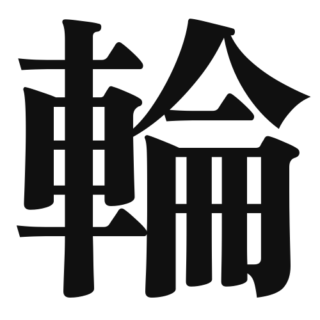 N2
N2 輪
1. Overview of MeaningThe kanji "輪" (pronounced "wa" in Japanese) means "ring" or "circle." It represents the concept of...
 N2
N2 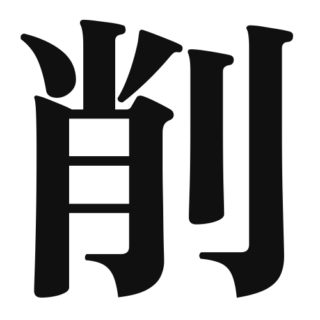 N1
N1 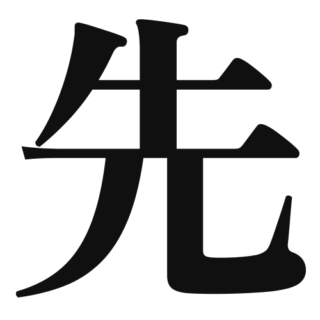 N5
N5 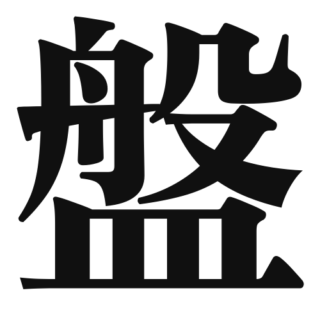 N1
N1 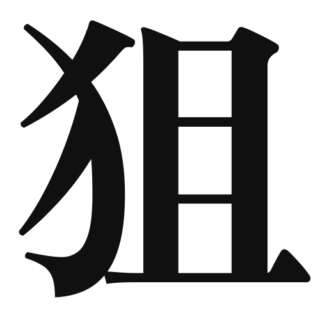 others
others 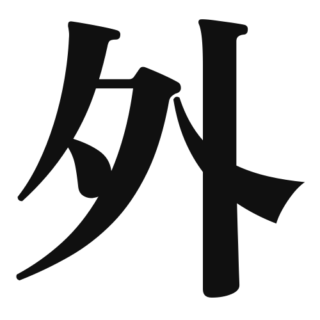 N5
N5  N2
N2  N3
N3 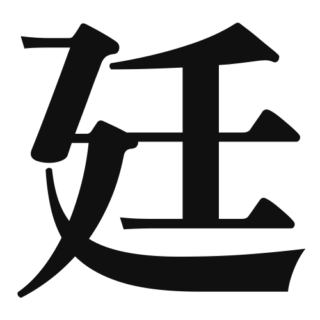 N1
N1 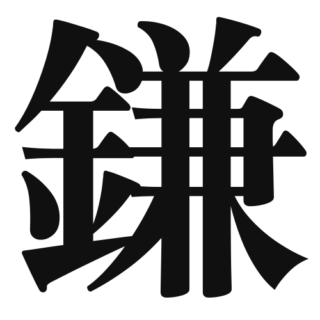 N1
N1